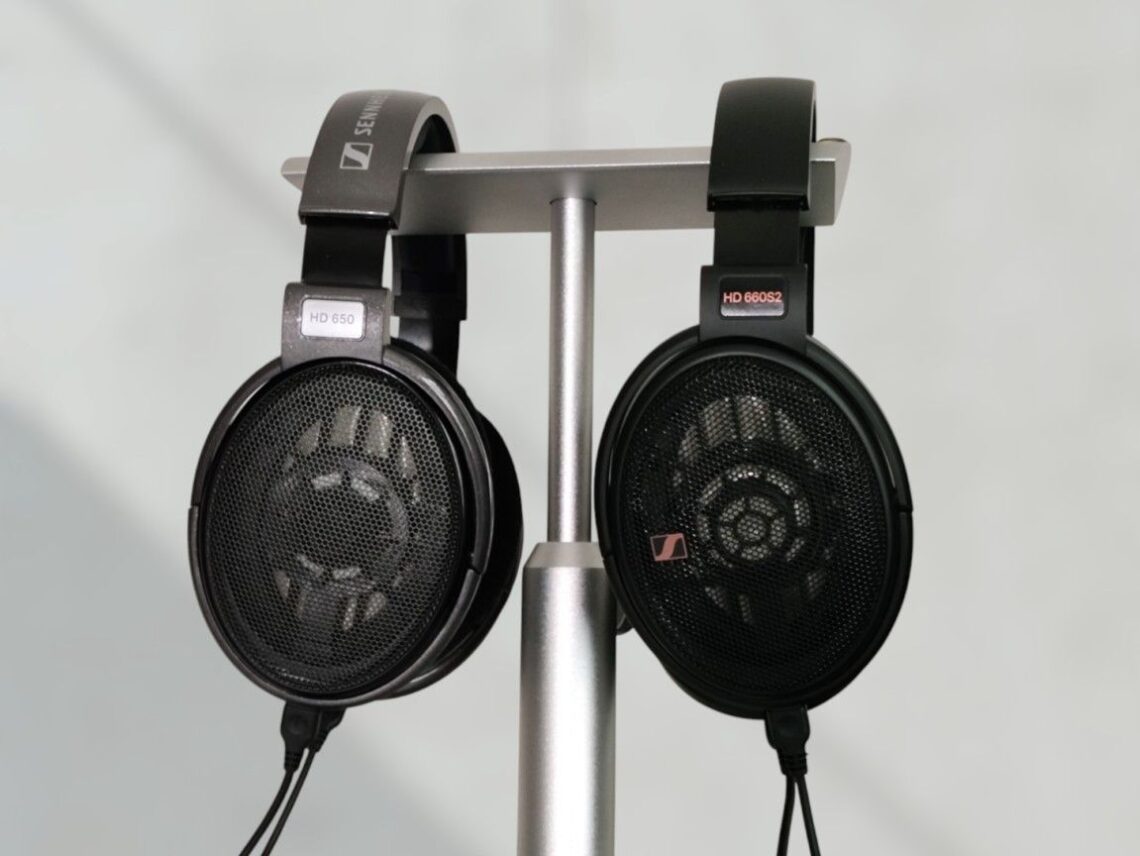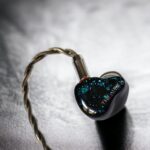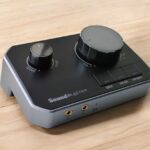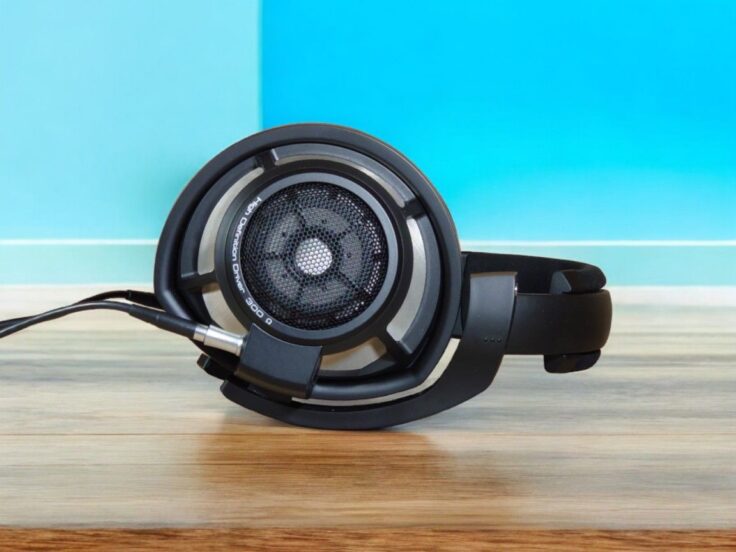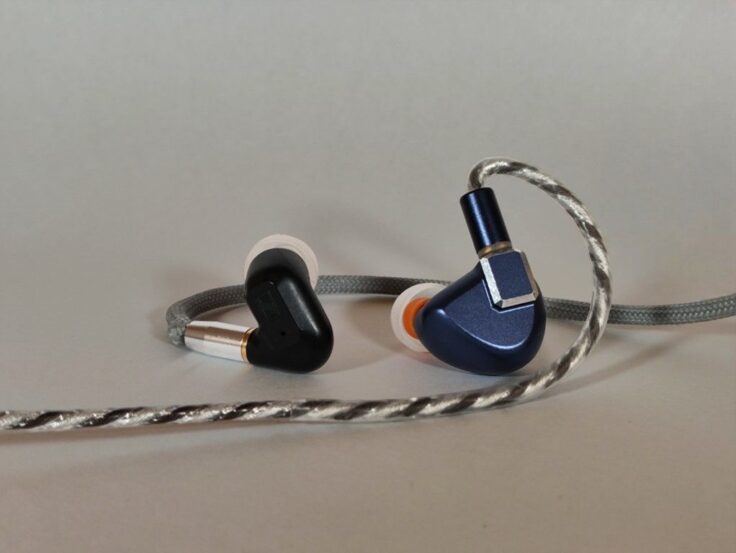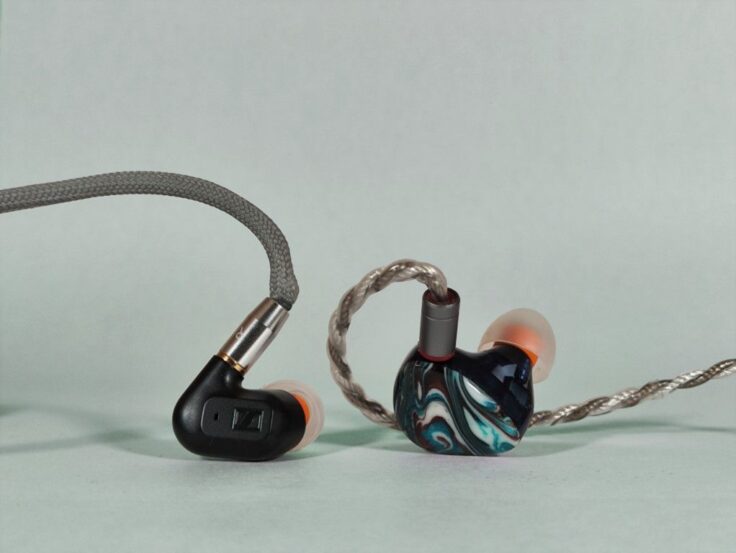The HD660S2, released in 2023, is the latest addition to a proud lineage of headphones. Meanwhile, the HD650 has been going strong since its debut in 2003, remaining both highly popular and in continuous production.
The two headphones look very similar and share the same foundational design principles. While they don’t sound drastically different, they use distinct drivers and tuning, which results in measurable differences in frequency response. However, frequency graphs only reveal part of the story.
In this comparison, I will conduct a listening test using identical amplifiers, source, and music I know very well to assess how they truly differ in real-world performance. I will also experiment with various amplifiers to observe how each headphone responds to different amps.
Since Sennheiser, like most manufacturers, occasionally makes silent changes to their models, it’s worth mentioning that both the HD650 and HD660S2 I’m using are only a year old, so they should represent the current production batch.
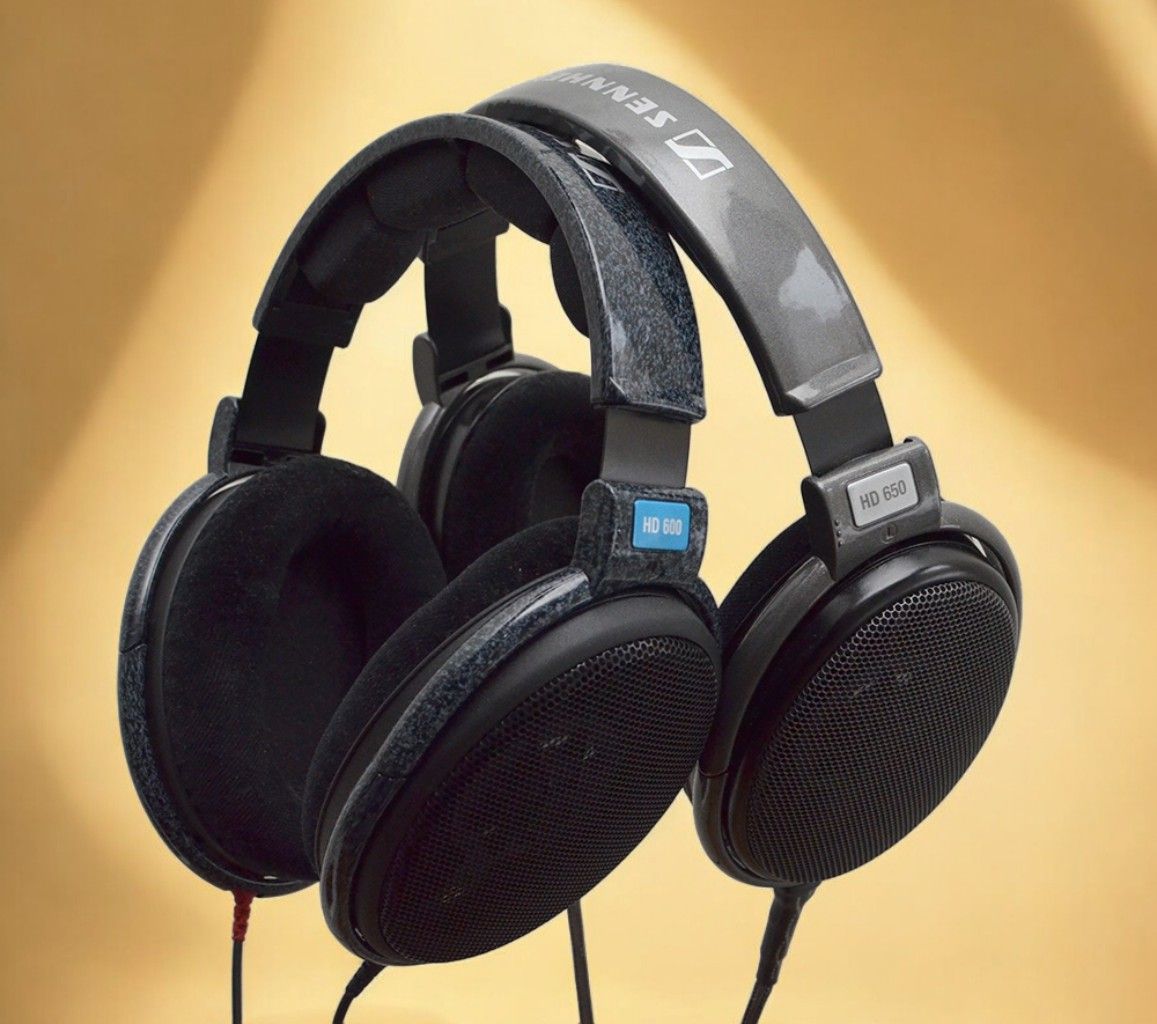
A LITTLE BIT OF HISTORY
The HD6** line of headphones actually started with the HD580 Precision in 1993, often referred to as simply just HD580. There were also a special edition called the HD580 Jubilee. In 1996, the HD600 was launched, building heavily on the design and features of the HD580 models, so much so that the HD580 was discontinued in 1997.
As a variation of the HD600, the HD650 was launched in 2003, with a somewhat different tonality and slightly higher price tag. It was a supplement to the HD600 and didn’t replace it. Both the HD600 and the HD650 are still in production today (2024).
The differences between the HD580, HD600, and HD650 are widely discussed. It doesn’t make it any easier that there have been several silent revisions.
In 2017, Sennheiser deviated from the established path and released the HD660S. This new model had a different, 150 ohm driver. However, in 2023, the HD660S2 was released, tweaking the driver of the HD660S, and returning to 300 ohm. The HD660S was discontinued as the HD660S2 took its place.
Massdrop, which have changed its name to Drop, is an online store that cooperates with manufacturers to make special editions. The Sennheiser x Massdrop/Drop HD6XX was launched in 2016, available only via (Mass)drop’s online store. The HD6XX is regarded as a cheaper version of the HD650. Drop also released the HD58X Jubilee in 2018, but it’s a 150 ohm driver, not 300 ohm like the original HD580, and has more in common with the HD660S. Both Drop headphones are still available.
The current lineup of the HD6** family is thus the HD600, HD650, and HD660S2, in addition to the Sennheiser x Drop HD6XX and HD58X Jubilee. All headphones in this series are 300 ohm, with the exception of the 150 ohm HD58X Jubilee. The drivers in all current and discontinued models are, as far as I know, 42 millimeters in diameter with a 38 mm diaphragm.
The drivers in the HD580, HD600, and HD650 are strongly related, while the HD660S is, or is a variation of, the driver used in the now discontinued HD700. The HD660S2 driver is an evolution of the driver used in the HD660S.
Finally, it’s worth mentioning that the chief engineer behind all these headphones, except for the HD660S2, is Axel Grell, who was also in charge of developing the HD800, the HD800S, HD820, and the cost-no-object HE-1 (Orpheus 2), as well as many other headphones. He stayed with Sennheiser from 1991 to 2019.
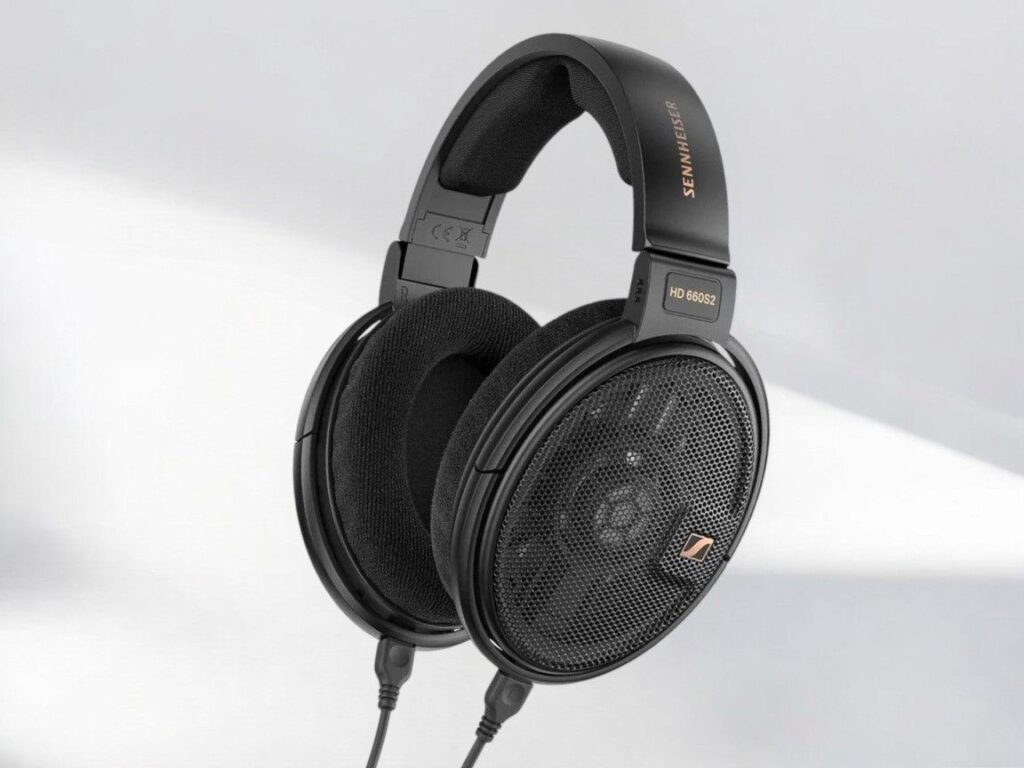
SENNHEISER HD660S2 SPECIFICATIONS
- Circumaural open-back design
- 38 mm dynamic driver
- Impedance: 300 Ohm
- Sound pressure level: 104 dB (1V)
- Frequency response: 8-41,500 Hz
- Distortion factor: <0.04% (1 kHz, 100 dB)
- Weight: 260 g
- Velour ear pads
- Cables: 1.8 m (6.3 mm stereo jack) + 1.8 m cable (4.4 mm balanced) + 6.3 mm to 3.5 mm stereo adapter and carrying pouch
- Made in Ireland
Amazon: HD660S2
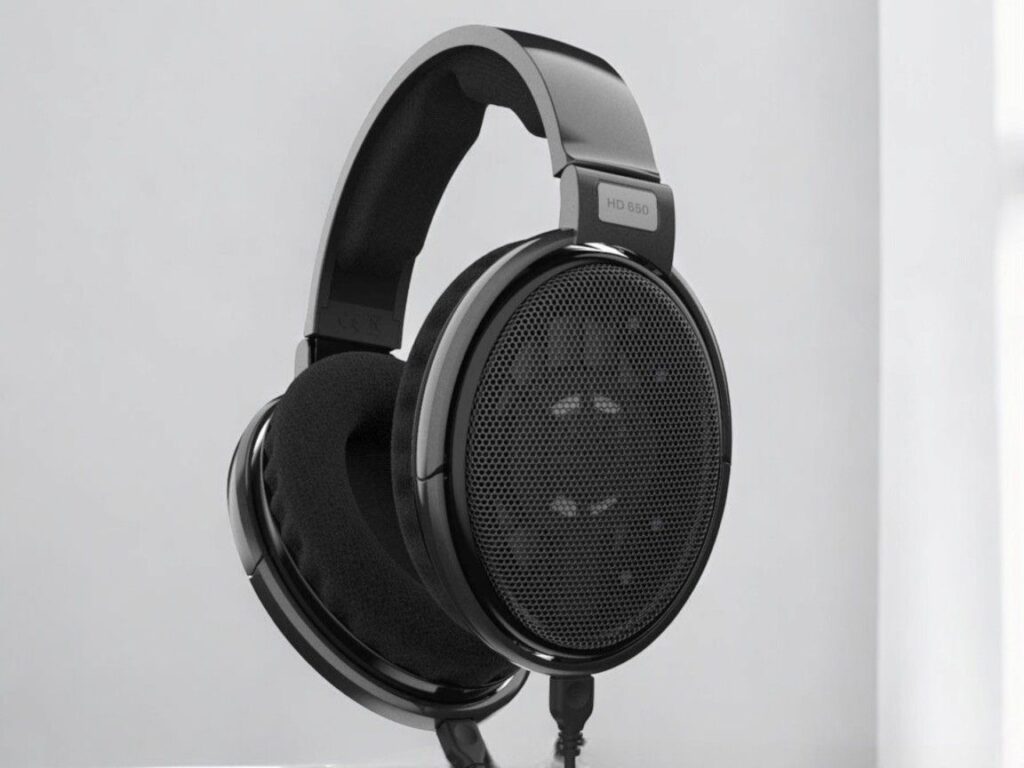
SENNHEISER HD650 SPECIFICATIONS
- Circumaural open-back design
- 38 mm dynamic driver
- Impedance: 300 Ohm
- Sound pressure level: 103 dB
- Frequency range: 10 – 41,000 Hz
- THD, total harmonic distortion < 0.05%
- Weight without cable: 260 g
- Weight with cable: 346 g
- Velour ear pads
- 3 m cable with 6.3 mm stereo jack plug
- Includes 20 cm adapter cable from 6.3 mm to 3.5 mm jack plug
- Made in Ireland
Amazon: HD650
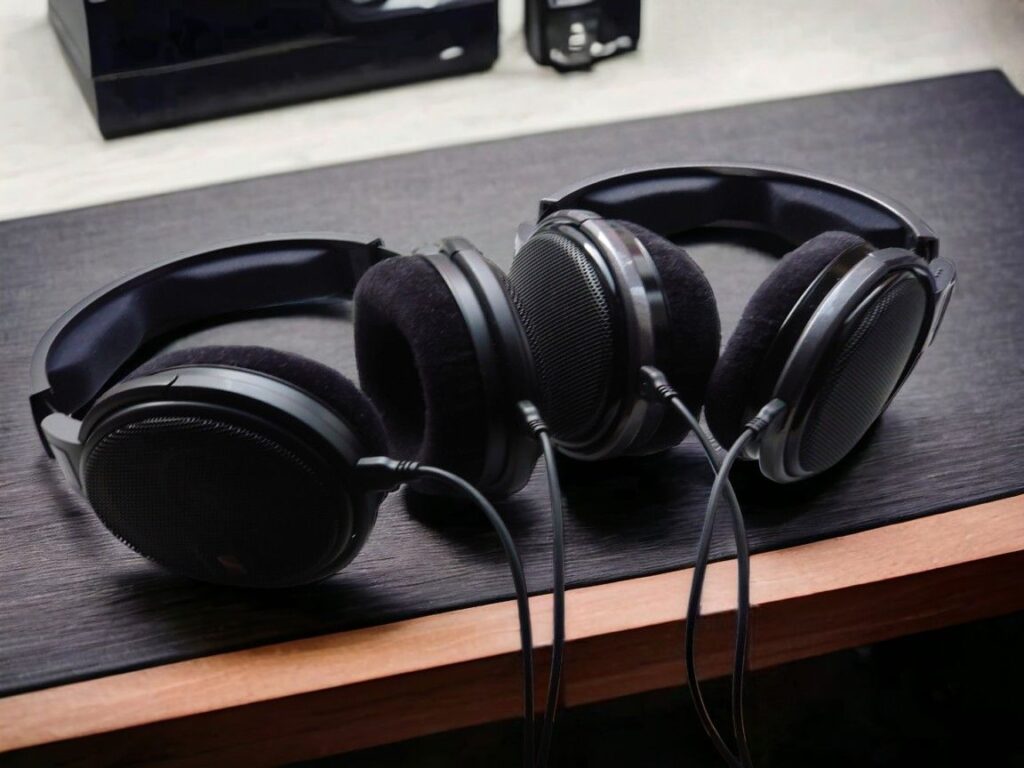
Image Copyright: The Headphoneer
COMPARISONS
Associated equipment: Topping A90 amplifiers with the RME ADI-2 DAC FS as source.
Come Away With Me by Norah Jones
Starting with the HD660S2, it delivers excellent sound quality, particularly with Jones’ vocals, which come across as warm and present. The instruments are also rendered beautifully. Switching to the HD650, the sound is very similar, with a nearly identical overall impression. However, the HD650 requires a higher volume setting on the Topping A90 amplifier to achieve the same output.
Summer 3 Vivaldi Recomposed by Max Richter
The HD650 delivers a pleasant sound, though the strings exhibit a darker tonality compared to many other headphones. The HD660S2, while slightly crisper, shares a very similar overall sound profile.
New Life Baby Paris by Mala
Switching to electronic music, the HD660S2 comes across as brighter and crisper, though it also feels a bit drier. When the bass kicks in, the HD660S2 may offer slightly more deep bass, but the difference is subtle. The HD650, on the other hand, delivers fuller midbass, contributing to a richer overall presentation.
Rocket Man by Bob James Trio
Again, they are more alike than not. The HD650 is smoother and slightly warmer; the HD660S2 is crisper and brighter, but the difference is small. Further, the bass is very similar too, although the HD660S2 has somewhat more energy with the lowest tones. The HD660S2 might also sound a little more spacious.
Aquela Muhler by Vinicius Cantuaria
Here, they are a bit more different than with many of the previous tracks. The bass drum is fuller with the HD650, which is also generally warmer and lusher. The HD660S2 is somewhat crisper, lighter, and more spacious. But the biggest difference is the more prominent midbass on the HD650.
Jambi by Tool
Also here, the differences are more obvious. Basically, it’s the same as above, the HD660S2 being crisper and brighter, the HD650 warmer and lusher. The bass of the HD650 is more pronounced, and the soundstage of the HD660S2 is larger.
Georgia Lee by Tom Waits
This sounds a bit better with the HD660S2. Waits’s vocals are more pronounced and have more detail. There is better separation between instruments. It sounds very good with the HD650 too, though, and the difference isn’t large by any standard.
Never Enough by Loren Allred
This is a beautiful vocal performance, but the recording isn’t too notch – someone did a lousy job with the mixing and mastering. Actually so much so that it sounds pretty bad with most headphones and IEMs. The HD650, however, does a fabulous job. It sounds warm and smooth—really enjoyable.
The HD660S2 is crisper and more revealing, but close enough to the HD650 to be enjoyable, albeit not as much as the older sibling. The HD660S2 reminds me why this track sounds bad on most headphones, balancing between “smooth enough” and “a bit too crisp”.
Black Crow by Cassandra Wilson
With this track the two headphones once again sound “almost too close to tell apart”. I would not be surprised if there are headphones out there which have bigger differences caused by simple unit variation.
Almost Like The Blues by Leonard Cohen
The most notable difference between the two headphones is that Cohen’s vocals are slightly clearer and have a tad more detail with the HD660S2. But once again, they are more similar than different.
Limit to Your Love by James Blake
This track has some pretty heavy bass; given the graphs, I would have expected a notable difference. However, I am underwhelmed by the HD660S2. It delivers almost the same bass experience as the HD650. Everything else is pretty close as well.
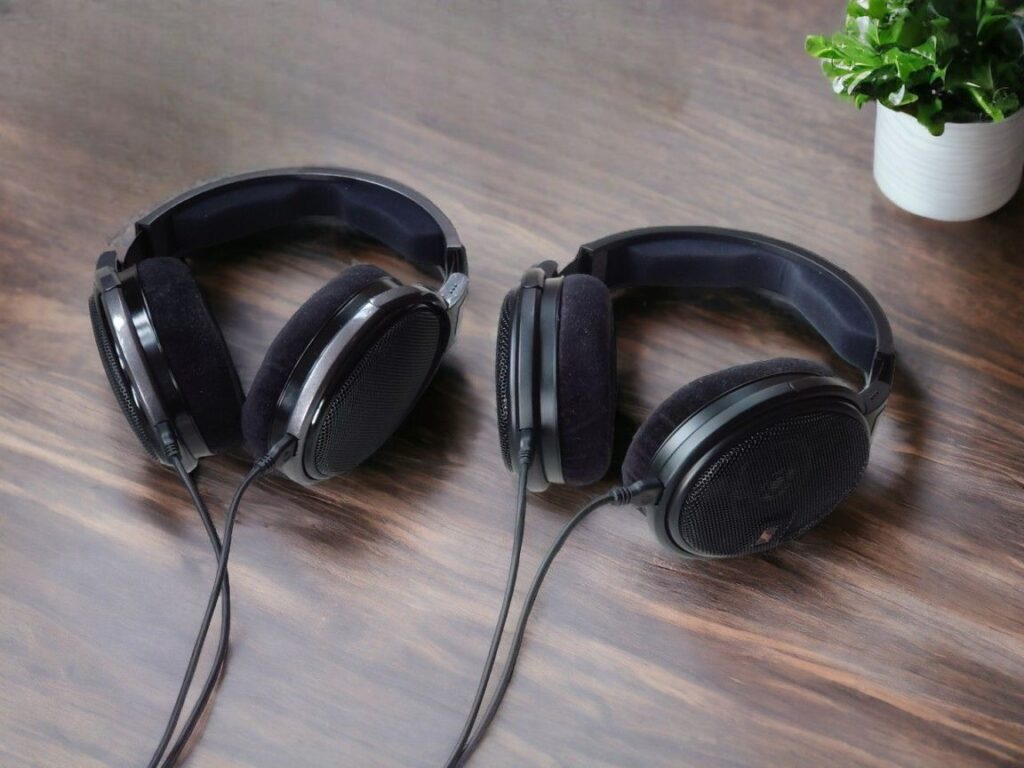
Image Copyright: The Headphoneer
WRAPPING IT UP
Sound Signature
These two headphones have a lot more in common than not. The sound signature is very close, with a midrange-focused presentation, bass that rolls off gradually, and highs that aren’t too crisp and bright. The HD660S2 has a slightly crisper delivery and slightly better deep bass, but the differences are small in absolute terms. They do not have identical frequency response curves, so there will be differences that sometimes are more obvious than others; it varies from track to track. But in the big picture, they are very similar.
Treble
The treble is pretty much the same but a little bit crisper on the HD660S2..
Midrange
The midrange is slightly clearer on the HD660S2. However, turning up the volume on the HD650 by a notch achieves a very similar sound, with the added bonus of some extra midbass.
Bass
With my test tracks, there was little noticeable difference in either bass quantity or quality. The HD650 exhibits slightly more mid-bass, while the HD660S2 offers a touch more deep bass. In terms of bass quality, however, both headphones are essentially identical.
Soundstage and Imaging
Neither of these headphones offers a particularly large soundstage, but both provide quite good imaging. Most of the time, there is little to no difference between them; however, when a significant distinction does arise, the HD660S2 has slightly better imaging.
Detail, Dynamics, and Timbre
Overall, the level of detail is virtually the same between the two headphones. The HD660S2 can seem slightly more detailed at the same volume, but the difference is minimal. Similarly, the dynamics are nearly identical. As for timbre, they are very similar, but the HD650 leans slightly warmer, while the HD660S2 is a touch crisper.
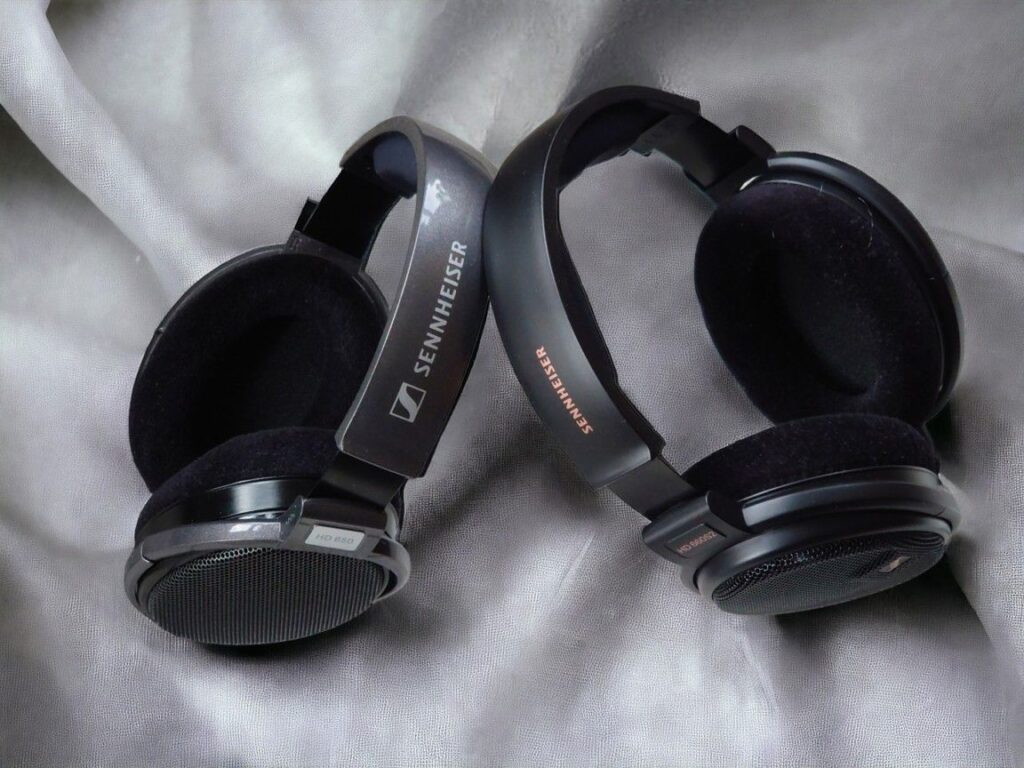
Image Copyright: The Headphoneer
AMPLIFICATION
Both the HD650 and HD660S2 are 300-ohm headphones, making them well-suited for pairing with tube amps, particularly OTL (output transformer-less) designs. For my comparison above, however, I used the versatile Topping A90 amplifier, of which I have two for convenience. Now, let’s see how these two headphones respond to different amplifiers.
Starting with the HD650 connected to the Woo Audio WA2 OTL amplifier, it sounds sublime and delicious. Comparing it to the HD660S2 powered by the Topping A90, the HD650/WA2 combo is significantly smoother and more organic; the HD660S2/A90 combo has a crisper, more edgy sound. To my ears, the WA2 makes the HD650 both smoother and more nuanced. I prefer it to the HD660S2/A90, but it’s more a matter of taste than objective sound quality. I always felt there was something magical about the WA2 and HD650.
Reversing the roles, the WA2 also makes the HD660S2 sound smoother. While I’m not sure if it achieves the same magical synergy as the HD650/WA2 combo, it’s still very enjoyable. When comparing the HD660S2/WA2 pairing to the HD650 with the Topping A90, the latter comes across as the crisper and sharper-sounding setup.
Comparing them both running from the WA2, they again sound more alike than not.
I also tested the headphones with two additional amplifiers, the Erzetich Perfidus and the Schiit Magni Heretic. The HD650 and HD660S2 responded very similarly to amplifier changes, with all tested amps pairing well. While the solid-state amplifiers, including the Topping A90, have relatively similar characteristics, the WA2 stands out with its own uniquely delightful character.
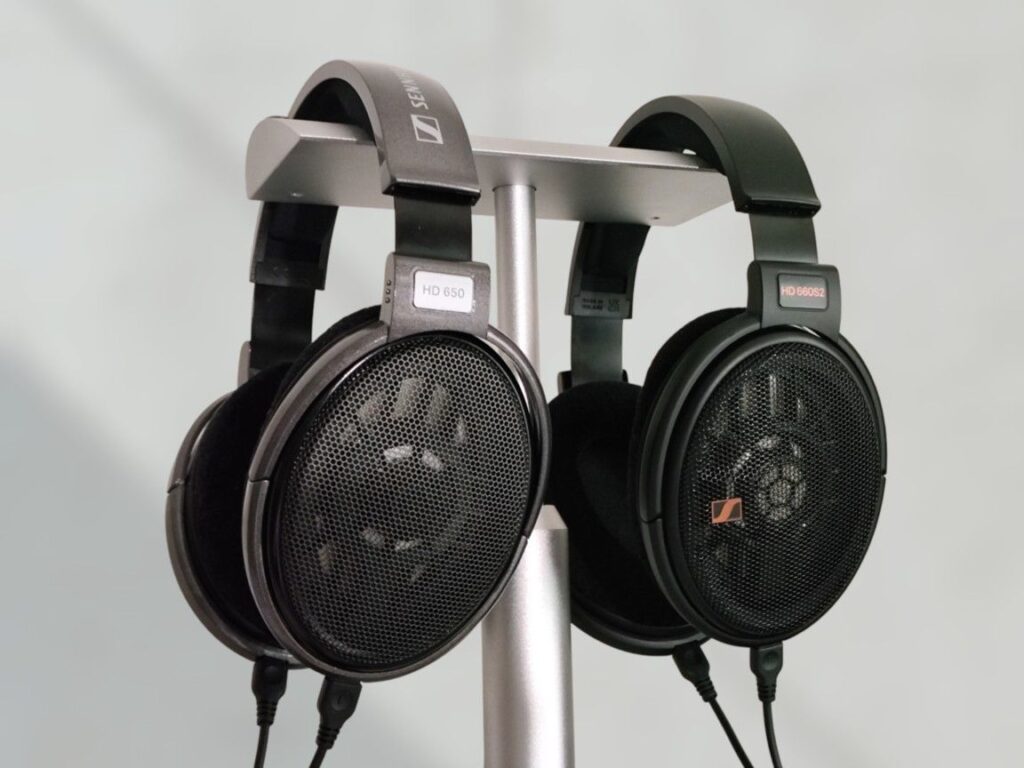
Image Copyright: The Headphoneer
CONCLUSION
When reading comparisons, differences often appear more significant than they truly are. For example, a phrase like “more bass” could mean anything from “slightly more bass, barely noticeable” to “substantially more bass, completely transforming the listening experience.” It’s important to interpret such descriptions with context and caution.
Even though I’ve owned both of these headphones for quite some time, I had never conducted a systematic, thorough comparison using identical amplifiers and music I know in and out.
To be honest, I’m a bit surprised by how similar they are. The internet is full of discussions about the differences between the HD600, HD650, and HD660S2, but my personal experience doesn’t align with the magnitude of differences often described. I should also mention that I’ve never come across headphones from different manufacturers that are as closely matched as these two.
That being said, both are excellent headphones. While they don’t offer the largest soundstage or the deepest bass—especially compared to many planar options—they excel with their wonderful tuning. Paired with a good amplifier, they strike a great balance between delivering enough resolution and being slightly forgiving.
Thanks for reading. You can support us by purchasing anything you might need from any of our affiliate links:
Any purchase you make on Amazon or Linsoul with any of our affiliate links will give us a small provision at no cost to you.
We only get a provision for items that are not returned, so there’s no incentive for us to recommend something that’s not good.
Linsoul : Headphones, Earbuds, Wireless Earbuds, Desktop DAC/AMP, Portable DAC/AMP, Digital Audio Players,
Amazon: Headphones, IEMs, Headphone Amplifiers, Home Audio or Anything else.
.
If you enjoyed this article or other content on The Headphoneer, you might consider leaving a small donation to keep this website up and running. No donation is too small. Thanks for supporting us!
If you like our work please follow us on Instagram, Facebook and Twitter , it will help us grow. Sharing is caring 🙂


